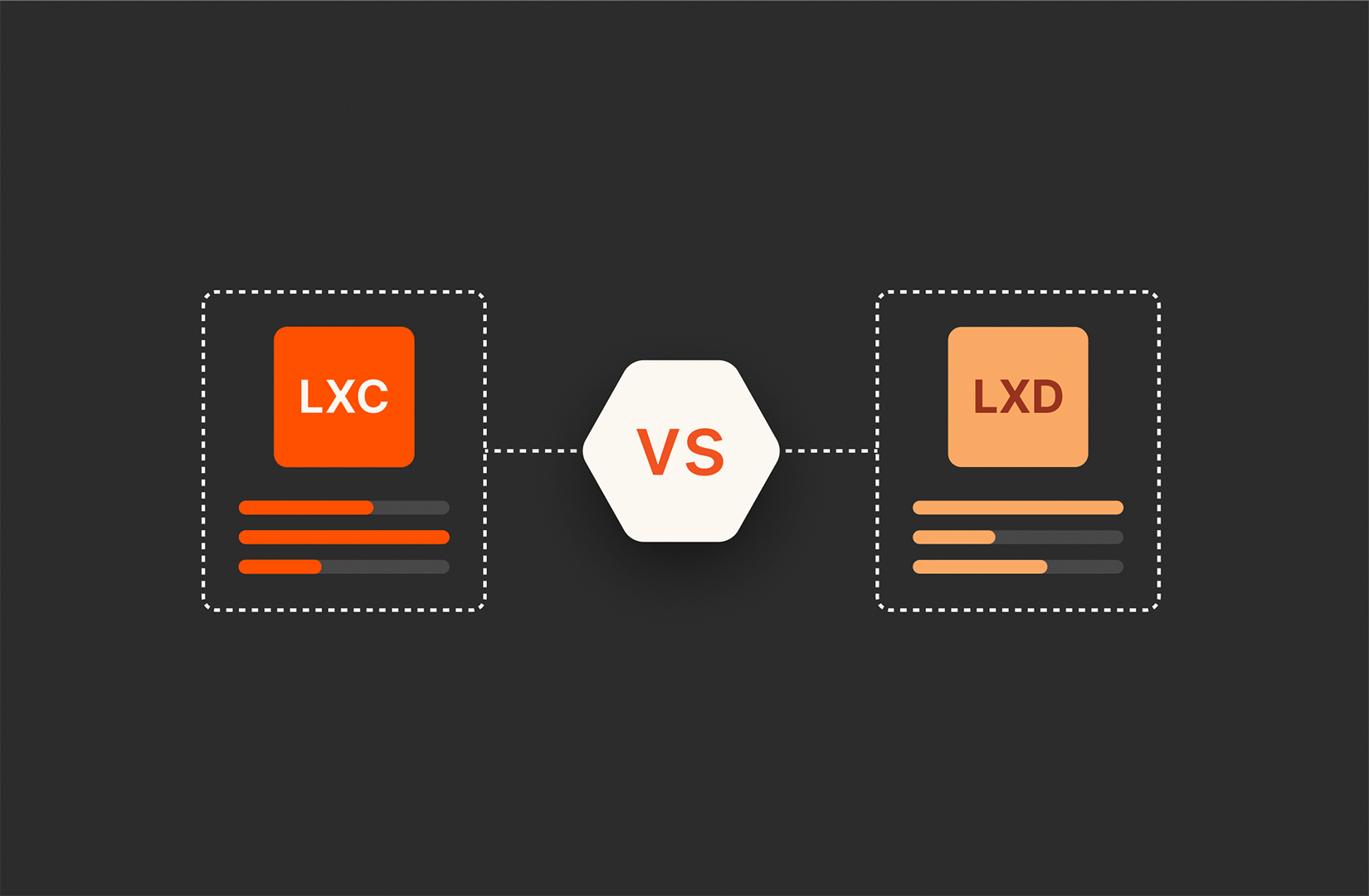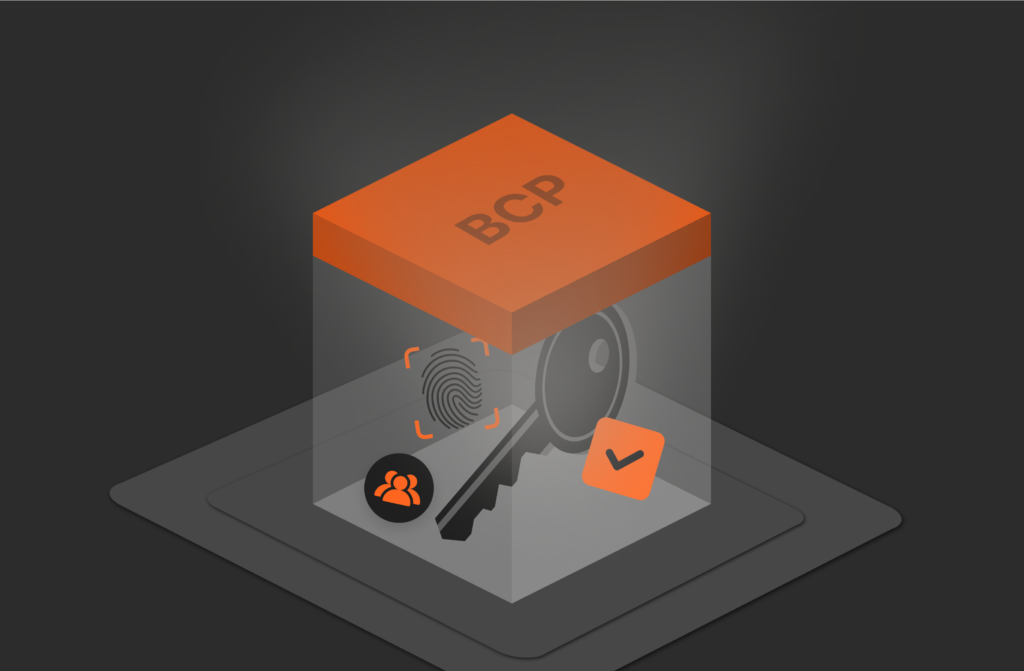Summary
LXC (Linux Containers) and LXD (Linux Container Daemon) are containerization technologies that have a lightweight nature and minimal resource footprint, but they cater to different needs.
Containerization offers a lightweight and efficient alternative to traditional virtual machines. By encapsulating applications and their dependencies into containers, developers can ensure consistency across different environments, streamline deployment processes, and enhance scalability. Among the various containerization technologies available, LXC (Linux Containers) and LXD (Linux Container Daemon) stand out as two of the popular choices, each with its unique features and benefits.
This article compares LXC and LXD, helping you make an informed decision about which technology best suits your needs.
What Is LXC?
LXC, short for Linux Containers, is a powerful tool for managing containers directly through the Linux kernel. It provides a user-space interface, essentially acting as a translator between users and the kernel’s built-in containerization features. This allows you to create multiple isolated Linux environments (containers) on a single host machine.
Some of the key features, benefits, and limitations of LXC include:
- Lightweight virtualization: Unlike traditional virtual machines (VMs) that require full operating system installations, LXC containers share the host’s kernel. This significantly reduces resource consumption since containers only need the specific applications and libraries they run. This translates to faster boot times and the ability to run more containers on a single server compared to VMs.
- Compatibility: Since LXC containers leverage the same kernel as the host, they inherit kernel-level compatibility. This means you can run any software that’s compatible with the host system within the container, eliminating compatibility issues that can arise with VMs.
- Resource efficiency: LXC’s lightweight nature makes it resource-efficient. This is particularly advantageous for scenarios like testing and development, where you need to quickly spin up and tear down isolated environments. The lower resource footprint allows you to run more containers on a single machine, maximizing resource utilization.
- Flexibility: LXC offers a high degree of flexibility for container creation and configuration. You can customize resource allocation (CPU, memory), network settings, and even root filesystem contents to tailor each container to its specific needs. This granular control makes LXC ideal for diverse use cases.
- Complexity: Setting up and managing LXC containers can be more complex than other user-friendly containerization tools. This is because LXC interacts directly with the kernel, requiring a deeper understanding of Linux kernel features and functionalities.
- Security considerations: While LXC provides isolation between containers, they still share the host’s kernel. This can pose security risks if not properly configured. For instance, a vulnerability in the host kernel could potentially impact all containers running on the system.
- Limited ecosystem: Compared to more widely adopted container technologies like Docker, LXC has a smaller ecosystem of readily available tools and community support. This can mean finding specific tools or troubleshooting issues might require more manual effort or deeper dives into the LXC community resources.
What Is LXD?
LXD (Linux Container Daemon) builds upon the foundation of LXC, offering a more user-friendly and feature-rich experience for managing Linux containers. While LXC provides direct kernel-level interaction, LXD takes a higher-level approach with a daemon-based architecture. This means a dedicated background service (daemon) handles container management tasks and simplifies the process for users.
The key strengths of LXD as containerization technology include:
- User-friendly interface: LXD offers a more intuitive interface compared to LXC’s command-line focus. It provides tools for creating, starting, stopping, and managing containers through a command-line client (LXC) or a REST API. This allows users to manage containers without needing in-depth knowledge of Linux kernel functionalities.
- Network management: A significant benefit of LXD is its ability to manage containers remotely over a network. This enables centralized management of containers across multiple servers, making it ideal for large deployments and cloud-based environments.
- Enhanced security: LXD prioritizes security by default. Containers are configured with security best practices in mind, reducing the risk of vulnerabilities. Additionally, LXD integrates with security modules like AppArmor and SELinux, providing further security enhancements for containerized applications.
- Scalability for growth: LXD is designed with scalability in mind. It can efficiently manage a large number of containers across multiple hosts, making it suitable for growing deployments.
- Advanced features for flexibility: LXD offers features like container snapshots and live migration. Snapshots allow you to create a point-in-time backup of a container’s state, enabling easy rollbacks if needed. Live migration allows you to move running containers from one host to another without downtime, providing greater flexibility and resilience in your containerized environment.
LXC vs. LXD: Key Differences
While both LXC and LXD excel in containerization, they cater to different needs. Here’s a breakdown of key factors to consider when choosing between them:
- Performance and resource efficiency: Both LXC and LXD are known for their lightweight nature and minimal resource footprint. However, there are some nuances to consider. LXC operates closer to the kernel, potentially leading to slightly better raw performance. On the other hand, LXD’s additional features (daemon, network management, security enhancements) might introduce a small overhead in terms of resource consumption.
- Scalability for growth: LXD features, like clustering and network management, facilitate efficient management of multiple containers across multiple servers. This makes it ideal for large-scale deployments or cloud-based environments where you anticipate significant growth. LXC provides a more streamlined approach to container management that caters best to a single container or a small cluster.
- Isolation and security: Both LXC and LXD provide strong container isolation, ensuring applications within containers run securely without interfering with each other or the host system. However, LXD takes security a step further. Its secure by default configurations and integration with security modules like AppArmor and SELinux provide enhanced security for containerized applications.
Choosing between LXC and LXD: Matching Your Needs
Selecting the right containerization technology and deciding between LXC and LXD depends on your specific requirements. Here’s a breakdown of key factors to consider:
Complexity vs. Usability
LXC offers a more granular, low-level approach. This can be advantageous for experienced users who are comfortable with Linux kernel functionalities. However, the complexity can pose a learning curve for beginners.
LXD provides a user-friendly interface with tools for managing containers through commands or a REST API. This simplifies tasks and lowers the barrier to entry for those new to containerization.
- Consider your experience level: If you’re comfortable with the command line and Linux kernel concepts, LXC’s flexibility might be appealing. However, if ease of use and a more intuitive interface are priorities, LXD is the better choice.
Security Requirements
LXC requires more manual configuration to achieve a desired level of security. While it offers isolation, additional security measures like AppArmor profiles need to be manually implemented for robust protection.
LXD enforces security best practices by default. Containers are configured with security in mind, reducing the risk of vulnerabilities. LXD also integrates seamlessly with security modules like AppArmor and SELinux, providing an extra layer of protection.
- Think about your security needs: If you’re dealing with sensitive data or mission-critical applications, LXD’s built-in security features offer a significant advantage.
Scalability Needs
While suitable for smaller deployments, LXC can become cumbersome to manage as the number of containers grows.
LXD is designed for scalability with features like clustering and network management. This allows for efficient management of a large number of containers across multiple servers.
- Consider your future growth: If you anticipate significant growth in your containerized environment, LXD’s scalability features will be valuable in the long run.
Resource Constraints
LXC offers the most lightweight approach, which is ideal for resource-constrained environments or situations where minimizing resource consumption is critical.
While still efficient, LXD’s additional features (daemon, networking) might introduce a slight overhead in resource usage.
- Evaluate your resource limitations: If you’re working with limited resources, LXC’s efficiency can be a deciding factor. However, the minimal overhead of LXD might be a worthwhile trade-off for the benefits of its features in most cases.
Community Support
Docker, a more widely adopted containerization platform, shares some similarities with LXD. This translates to a larger community and more readily available resources for troubleshooting and support with LXD compared to LXC.
Integration with Existing Tools
Consider your existing development and deployment workflows. If you already use Docker or Docker-compatible tools, LXD might offer smoother integration due to its shared concepts.

Modern Hybrid Cloud Solutions
Seamless Cloud Mobility
Unify cloud and on-premises infrastructure with a modern data platform.
Conclusion
LXC and LXD are powerful containerization technologies, each with its strengths and limitations. Choosing the right technology depends on your specific requirements, including complexity, security, scalability, and resource constraints. By understanding the key differences between LXC and LXD, you can make an informed decision that best aligns with your containerization needs.
Pure Storage provides a comprehensive data platform for container workloads, Portworx®. Whether you’re managing LXC, LXD, or other container technologies, Pure Storage offers robust storage solutions to support your DevOps deployments and enhance your container management capabilities.
Written By:
Try Portworx
Take a test drive in our virtual lab.






